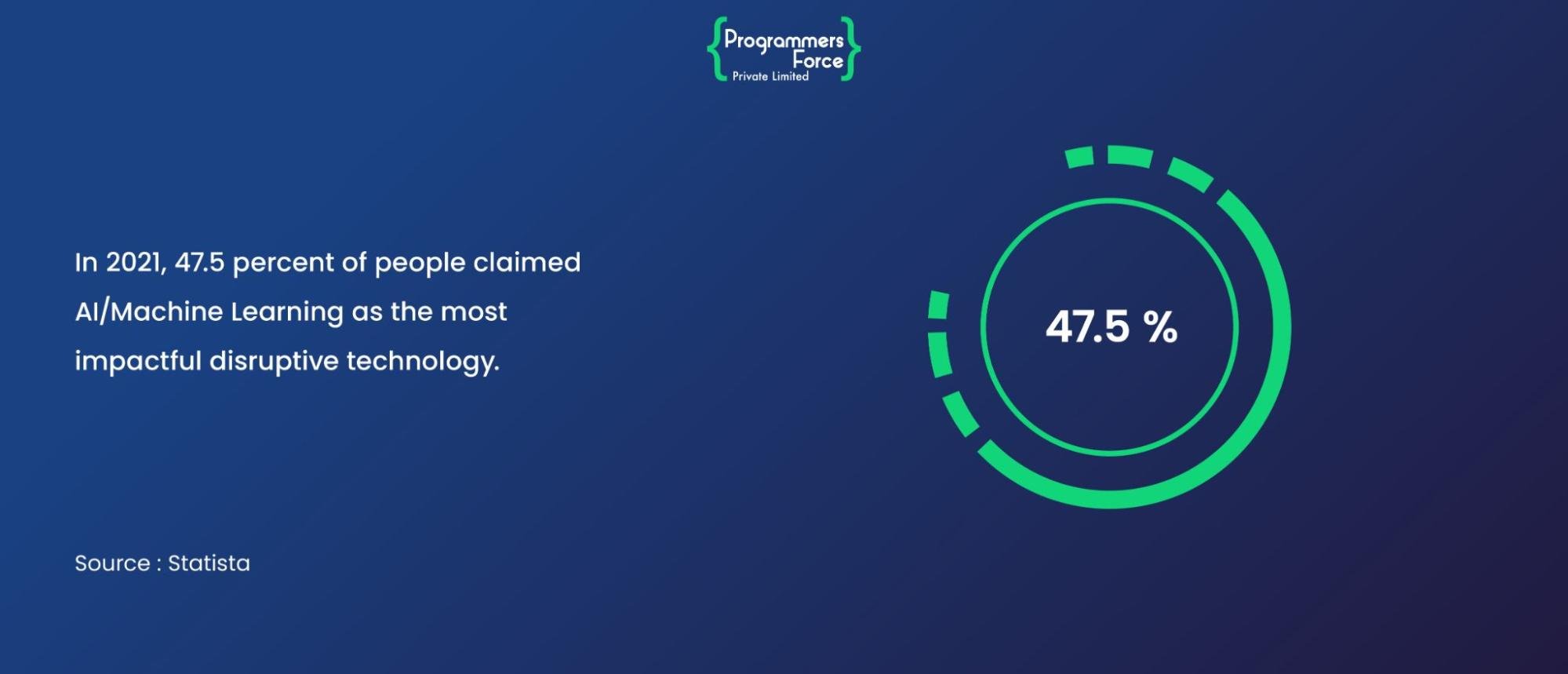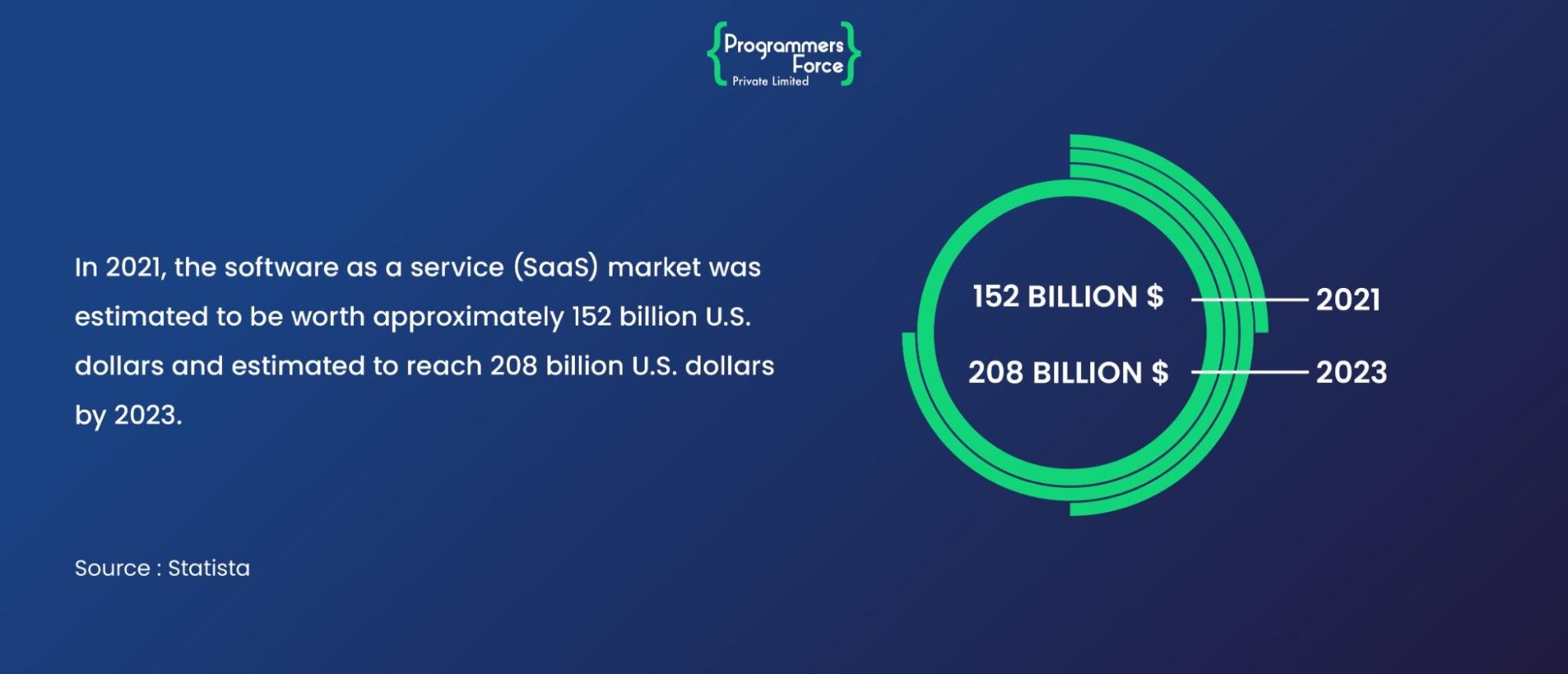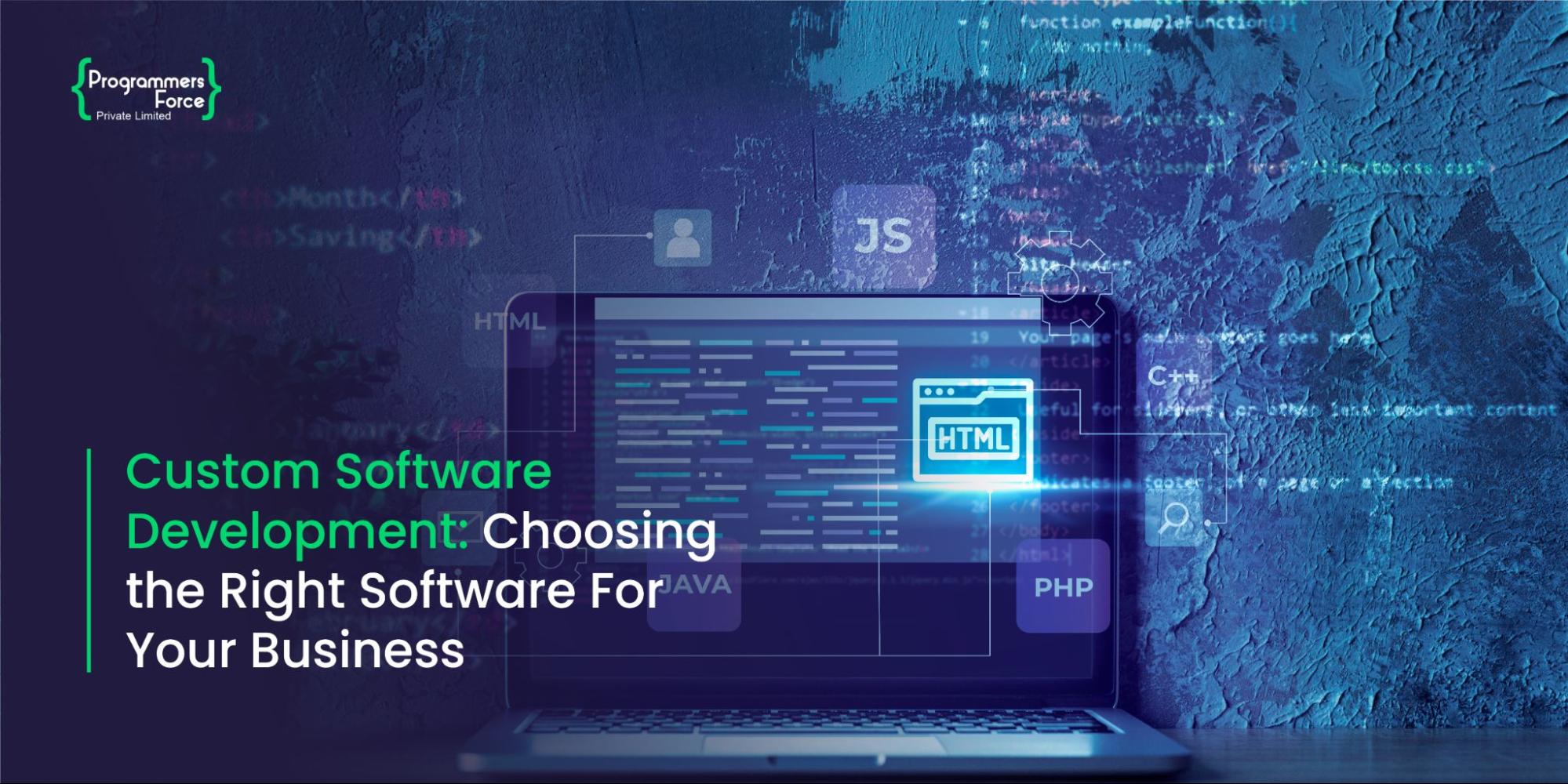
Digital Darwinism – Top 5 Disruptive Innovations Reshaping Industries
The business sector stayed pretty much the same for centuries or so after the industrial revolution, but it’s probably safe to say that that’s never going to happen again. Emerging technologies are mutating, adapting, and developing at an exponential rate. Especially throughout 2021, the technological transformation was so fast that businesses that didn’t embrace digitization were swept away in the tidal wave of the tech revolution.
However, in this uncertain situation, only one thing is certain; advanced technologies will transform every aspect of people’s lives and disrupt the way businesses are operating now. For CMOs it’s critical to understand the capabilities of these technologies and how they can disrupt the way business is done today. However, the pace at which the innovations are taking place is becoming a growing threat to every business. Significant names are disappearing because of the inability to cope with digitization, but the hard truth is that companies will longer be just about how owners want them to be, but businesses will turn where the cutting-edge technologies will take them. Disruptive innovation has already made its way, and everyone is experiencing changes in the business landscape.

Following are the top five ways emerging technologies are disrupting businesses in 2022;
#1 Mobile-First Platforms
The mobile-first way of managing operations has not only picked up the pace but has become the standard that every business strives to deliver. There are plenty of reasons to justify the popularity of mobile-first business platforms, starting from their use in remote work management. That’s not all; the mobile-first approach is seen everywhere from sales, content marketing, customer support, and even in shipping and billing.
Mobile-first operations not only benefit businesses but empower customers with one-click solutions. Generation Y (millennials) use smartphones to shop, sell, and even perform tasks like finding new prospects for their company. Besides providing the convenience of performing operations from home, technology has also increased interconnectivity, making it easy for people to interact and get things done. The most common example can be seen in the form of video conferencing, where employees and co-workers can send and receive messages instantly, hence avoiding delays. They can also send targeted promotional batch emails to qualified customers, making marketing as easy as a few clicks. Emerging technologies are aiding businesses by merging seamlessly with pre-existing communication software and developing an interconnected system.
#2 IoT Smart Devices
The Internet of things has been known as the mother of all infrastructures as it is the core technology behind automating business operations and functions. IoT has already transformed how devices communicate and how networks have begun sharing critical information without requiring human interaction. Today, nearly 69% of businesses are using IoT-powered gadgets or plan to integrate them in the next 12 months. According to research, in two years, almost 95% of the new products will be combined with IoT technology and the value-adding features will be offered at a minimal cost.
IoT technology is already reshaping the business setting via real-time alerts and notifications, resulting in better operational efficiency and cost reduction. Diving into the transportation and logistic businesses, the use of the internet of things has helped them track cargo operations accurately while decreasing the risk of delays.
However, some companies have already embraced the use of IoT intelligent devices to enhance processes associated with product monitoring and customer support. In addition to this, the ability of internet of things technology to collect new data for infrastructure automation belongs to businesses that add connectivity as well as intelligence to their business models. Many of them that have altered their infrastructures are experiencing a noticeable decrease in power consumption and equipment downtime.
#3 Software as a Service (SaaS)
Software as a service has been around for a long time now. Tech companies have introduced subscription-based applications like Dropbox, GoToMeeting, and other hosting platforms delivering their services through the internet for both personal and business use. It’s set to continue transforming industries with the increasing need to handle and process data without friction. However, SaaS applications make it easy to track business operations from customer engagement to sales and lead generation. Additionally, businesses can embrace automation using SaaS apps.

#4 Insights as a Service (IaaS)
This is a bi-product of cloud services that use business intelligence and predictive analytics to retrieve desired results from data warehouses. Businesses often lack resources which makes them incapable of building smart infrastructures and hiring It, professionals, to get detailed insights from the bulk of data they obtain or produce.
IaaS platforms provide solutions to the data-specific challenges businesses happen to face while addressing the need for comprehensive analytics on the cloud. In addition to this, these services also reduce the cost by removing the need for data scientists and automated infrastructures to run data analytics on-premise. IaaS providers such as amazon web services Microsoft Azure and much more aid businesses in getting hands-on with the most advanced data centers without putting significant effort.
#5 Virtual Reality (VR)
Virtual reality (VR) is not a new concept but has found numerous applications in recent years. It works by reproducing reality by creating similar scenes by virtual means. Even though the same result is not achieved, people do feel a sense of being in a particular environment using VR glasses and unique sound systems. In the business sector, virtual reality is used as a method for internal communication among team members working remotely or in different locations. VR takes online communications to a new level, as co-workers feel that the person they are talking to is present. It also makes conveying information more manageable and accurate as compared to video calls.
Not only that, but virtual reality also finds applications in training for certain skills, like operating a specific machine. It depicts whatever is actually happening and ensures that there are no risks of errors and accidents.
Final Thoughts
The best companies today that managed to sustain in this fast-moving digital landscape and remained on top for many years have never been among those who ran away from innovations. They knew that disruption and adoption were necessary for growth and even survival.
To be a forward-thinking firm, businesses need to have the capacity as well as competency to integrate these disruptive innovations, even at a high price, if only to push the company towards growth and to float in a highly uncertain market.










